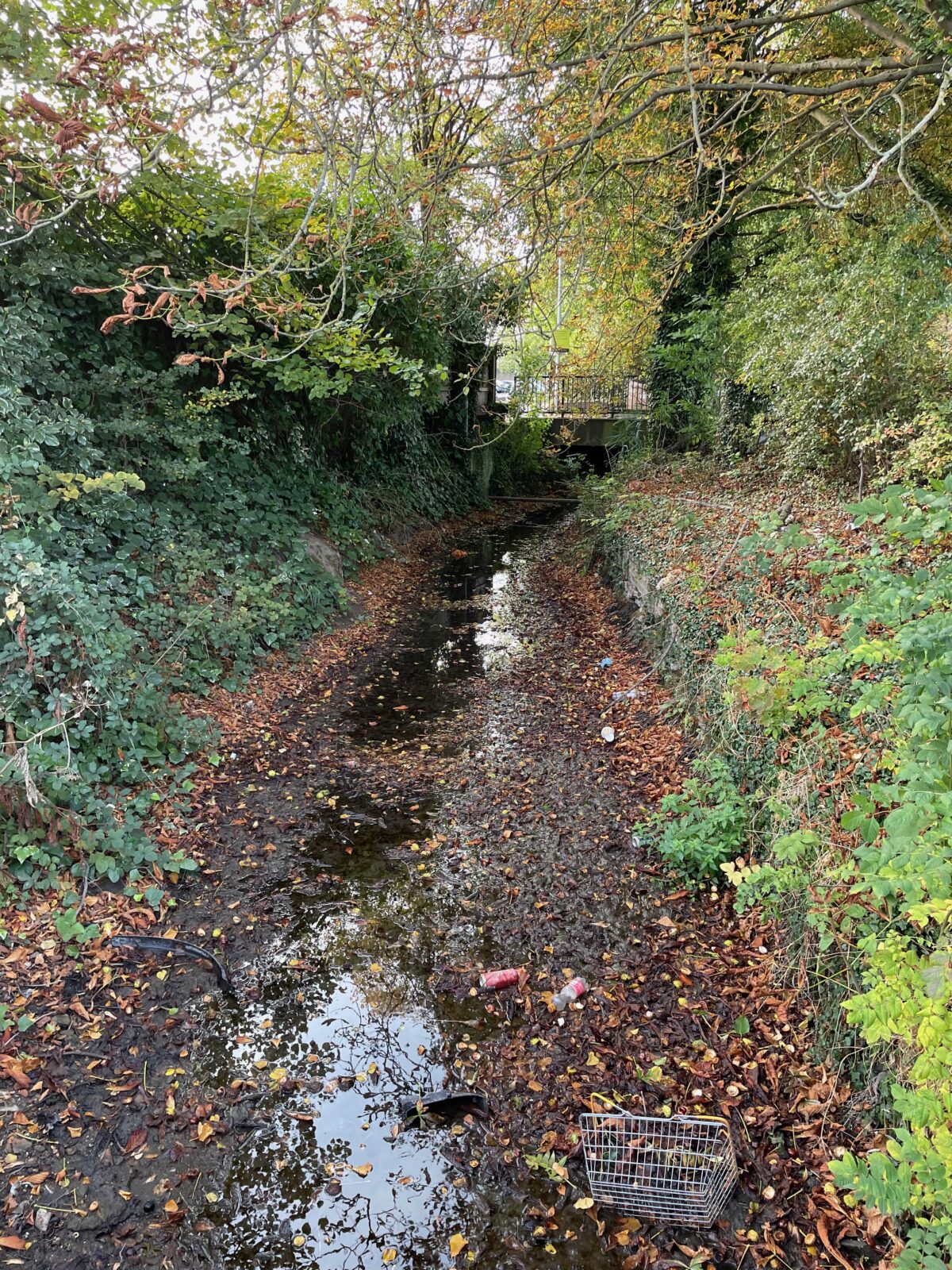
The Sunday Times (9 July) has a breathless report that Michael Gove is thinking of building a quarter of a million new homes in Cambridge, in order to turn the city into a ‘tech leader’, and that he will send a planning ‘hit squad’ over to ensure that annoying irritations like ‘eco rules’ don’t get in the way of his brilliant plan.
Apparently this will help to ‘fix England’s housing crisis and unleash growth in the life sciences and technology sectors’.
Let’s ignore for the moment that the chances of Gove still being Secretary of State for Levelling Up, Housing and Communities after next summer are very slim – indeed it is unlikely that his band of failed Tories will be anywhere near ministerial office.
And let’s ignore for the moment that the ‘tightly guarded’ plan, which goes under the mysterious code name ‘Cambridge 2040’ (I wonder what it could be about…) seems to consist of some under-researched aspirations and a briefing to a friendly newspaper in a desperate search for positive headlines.
What would it take to actually deliver such a plan, assuming we wanted it?
Well, obviously it would involve rolling over lots of existing legislation and regulation, like the planning legislation for sustainable development. Page 8 of the National Planning Policy Framework (NPPF) defines sustainable development, including an economic objective “to help build a strong, responsive and competitive economy, by ensuring that sufficient land of the right types is available in the right places and at the right time to support growth, innovation and improved productivity; and by identifying and coordinating the provision of infrastructure”.
But a government that is happy to order that a mural at an asylum reception centre is painted over is probably happy to ignore its own legislation.
Unfortunately just disregarding the law doesn’t change the reality on the ground – and in the aquifers that provide our water. The existing infrastructure is not adequate for our current uses – we already use more water than we receive and are nearing maximum grid capacity.
The science section of the Environment Agency (yes, about 15 years ago there was funding for this…) set out clearly the pressures on the environment and infrastructure for this area based on the economic projections. Legislation was in place for zero carbon and water efficient homes, a programme of separating combined sewers, and water neutral new towns. But all this was dropped around 2015, and nothing has been done to replace these important regulations. So we are where we are…
The water crisis is, at last, being taken more seriously with the regional Water Resources East considering all residents and businesses in East Anglia, and planning some managed reductions along with new sources of water. A start which could see some real improvements at the end of the 2030s and early 204os, but the plan is not enough. With the world climate changing so fast, we are going to see hotter and dryer periods in this part of the UK.
But we need more.
We need to reduce water usage drastically for new buildings, and we have many of the skills, and technology to do this although with the right ambitions innovations will come through to change how rain and grey water is collected, filtered and re-used.
We also need to reduce current usage of existing homes and businesses. Just as there is a focus on making homes more energy efficient to use less energy to heat homes, we need to enable homes to measure their water use and to be made more water efficient. Many new flats are not individually metered. Dual flush toilets are notorious for failing overflows that continually leak. We flush our toilets and water our gardens with drinking grade water. We need compulsory water metering along with a new pricing regime. We need to support the low income household while ensuring current limits on homes are met, and reduced in the future.
And that’s just water. We need sustainable power, communications and transport as well, and before all the new homes and places for jobs. We are close to maximum road capacity at peak hours. There are serious concerns over being able to provide enough electricity.
If we want lots of development, we have to plan for it. And that doesn’t mean just making it easy for developers to build, it means making sure we can support what gets built.
If Michael Gove was offering a carefully thought out plan to invest in infrastructure, and also the construction capacity, we could consider what might be viable in our next local plan. We want jobs in life sciences and the technology sector, but we want all the ‘everyday jobs’ as well that are needed to ensure the city and region thrives.
We want the best new homes and buildings for new jobs, but we also want the existing homes to be warm in winter, cool in summer and with the water they need, and existing businesses to keep our existing communities and centres the great places they are.
We want jobs here to support new innovations and businesses elsewhere in the country.
This is a discussion we look forward to having, but I hope that it can be with a Labour minister, of a government that is prepared to make the investments in Cambridge that we need, and who doesn’t prefer to float ill-considered plans in the Sunday papers rather than talk to the people who are actively engaged in planning the future of Cambridge and the region.
